Are Insect Populations Really Decreasing?
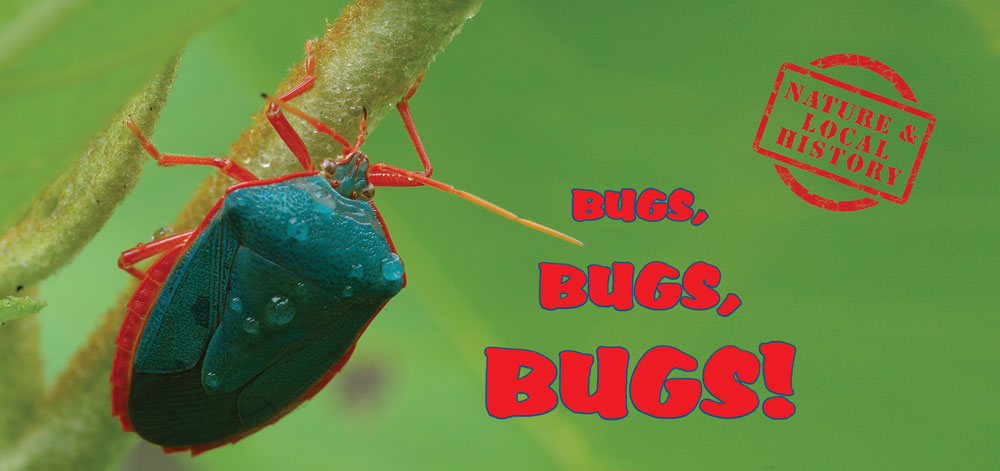
By Jack Ewing
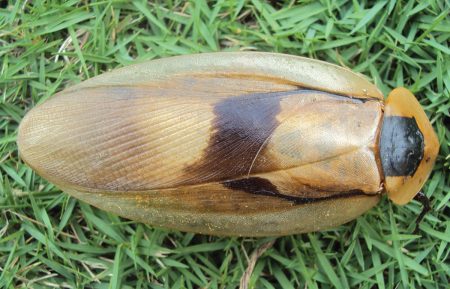
We didn’t have cockroaches in Colorado where I grew up. At least I never saw any. The first time I heard of them was on television. For those of you who are old enough to remember it was on the Jackie Gleason Show. Every week there was a skit called “The Honeymooners” in which a couple named Ralph and Alice lived in a rundown apartment somewhere in New York City, One day Alice was complaining that she had seen a cockroach in the apartment. I asked my mom what a cockroach is and was told that they are horrible bugs that are only found in slums. Later in life I found out that in the tropics they live everywhere.
In the 1970s Diane and I and our kids, Natalie and Chris, all moved to Hacienda Barú to live. Our lighting was from kerosene lanterns and was pretty dim. Cockroaches love dim light and would come out at night and climb all over the walls. We played a lot of different card and board games for evening entertainment, but our favorite game was cockroach hunting. We had a fly swatter that consisted of a plastic pistol with a spring that shot a plastic disk at the flies. Once a month we would roll the dice to see who got to go first. If you killed a cockroach you got to shoot again. If you missed, the pistol passed on the next person. We kept going until there were no more cockroaches to be found. Each game wiped out the entire population, and we would have to wait a month for them to replenish their numbers before we could have another hunt. We didn’t worry about controlling the roaches with insecticide or anything else, because it was so much fun hunting them.
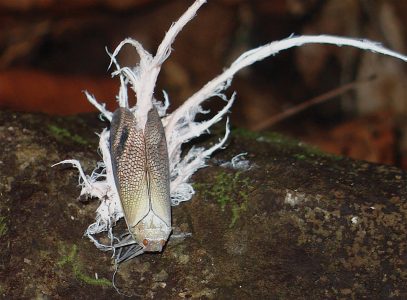
Other than butterflies most people don’t like any kind of insect or other small arthropod very well. By other small arthropods I am talking about spiders, centipedes, and other little creatures similar to insects. Bees, wasps, scorpions, ants, and spiders can inflict painful bites. Many different kinds of them eat our food, crops, and ornamental plants. Termites even eat our houses. Some insects carry disease. Mosquito borne malaria kills nearly a half million people annually. Dengue fever, chikunguña, and zika are all carried by mosquitoes. Chagas disease is carried by the kissing bug. Ticks carry and transmit lime disease and Rocky Mountain spotted tick fever, among others. The list goes on.
Ask the average person to name something beneficial that insects do for us, and they will probably have a hard time thinking of something. In reality these small creatures are essential to the well being of all other forms of life on our planet. Pollination and decomposition of dead matter are two of the most important services they provide, but there are others. Edward O. Wilson, famed biologist and author, in his classic book, The Diversity of Life, puts it this way, “So important are insects and other land dwelling arthropods that if all were to disappear, humanity probably could not last more than a few months.”
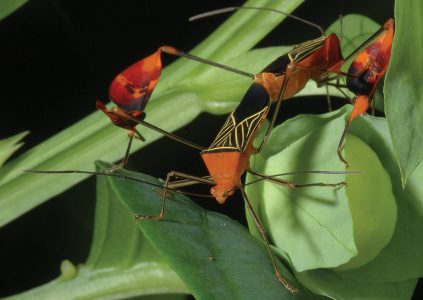
If that sounds a bit extreme, think about this. Without insect pollination many species of plants would cease to reproduce and eventually perish. This would be well over 100,000 species, (hundreds of billions of individual plants) many of which provide food for humans. All the species that feed on those plants would cease to exist as well. Many species of animals that feed on insects would perish. These include amphibians, reptiles, birds, and mammals. One example would be insect eating bats of which it is estimated that in the state of Texas alone, during the summer months, upwards of 100 million bats consume hundreds of tons of insects daily. And that is only in Texas. All of those bats would starve to death along with everything else that eats insects over the entire planet. Without insects that feed on dead matter the remains of these dead plants and animals would not decompose normally. Instead of being broken down into their basic elements in a few days or weeks, the dead material would take months or years to decompose. The planet would become a rotting, stinking mess.
Recently there has been a certain degree of alarm among biologists about declining insect populations worldwide. Some have even called it insect Armageddon. The best article I have read on the subject is titled “As Insect Populations Decline, Scientists are Trying to Understand Why” by Mary Hoff. It was originally published in Ensia Magazine and later reprinted in Scientific American. Pesticides appear to be the number one culprit and habitat loss a close second. Most of the evidence is anecdotal, and little is based on research. Scientists seem to agree that insect populations are declining, but a great deal more study is necessary to determine how serious the situation is and the exact causes. I think we can expect to hear more about this in the future.
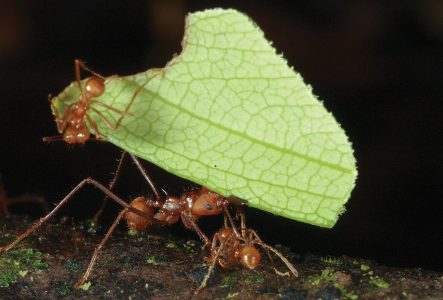
I first became aware of the problem several years ago when a professor from the Firestone Center for Restoration Biology contacted me and asked if we had noticed a decline in golden orb weaver spiders. She said that some of her students had been studying them for several years and each year they are more difficult to find. Thinking about her question I realized that the golden tinted webs used to obstruct the walking trails on Hacienda Barú, but that I hadn’t seen one for quite a while. My wife Diane says that she used to have to get someone with a ladder and a long broom to remove all of the spider webs from the ceiling about once a month, but not anymore. It seems as if populations of other species of spiders are also declining. Mosquito populations have declined tremendously. Butterflies as well. At Hacienda Barú we are definitely seeing diminishing numbers of some species of insects and small arthropods.
Since I started paying attention to declining insect populations I noticed something else interesting that is happening around Hacienda Barú. Some species of insects and small arthropods appear to be increasing in number. In 48 years of living in Costa Rica, I have never seen so many millipedes and centipedes. They are all over our house, in the lawn, everywhere you look. I thought that maybe this was a local phenomenon only at Hacienda Barú, but I saw something about the millipede plague on social media the other day.
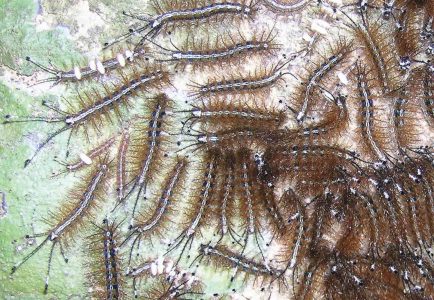
It seems to be pretty wide spread. Fortunately they don’t bite or sting, and aren’t that difficult to put up with. Another example of insects that appear to be increasing, at least around our house, is ants. Neither Diane nor I remember ever having so many of them in the kitchen. An increase in ants could explain the decrease in butterflies. Ants seek out and eat the butterfly eggs. Everything is intertwined. We have always had gnats, but I don’t remember them being so numerous. A small cloud of these tiny mosquito-like bugs hangs out around my computer, so many, in fact, that I have to be careful not to inhale them.
I think it is much too early to call insect declines an Armageddon, but it is a phenomenon that we are going to hear much more about in the future. Hopefully it will occur to researchers to look into increasing populations of certain species of insects as well.
And there is still a healthy population of cockroaches if anyone wants to try hunting them.

